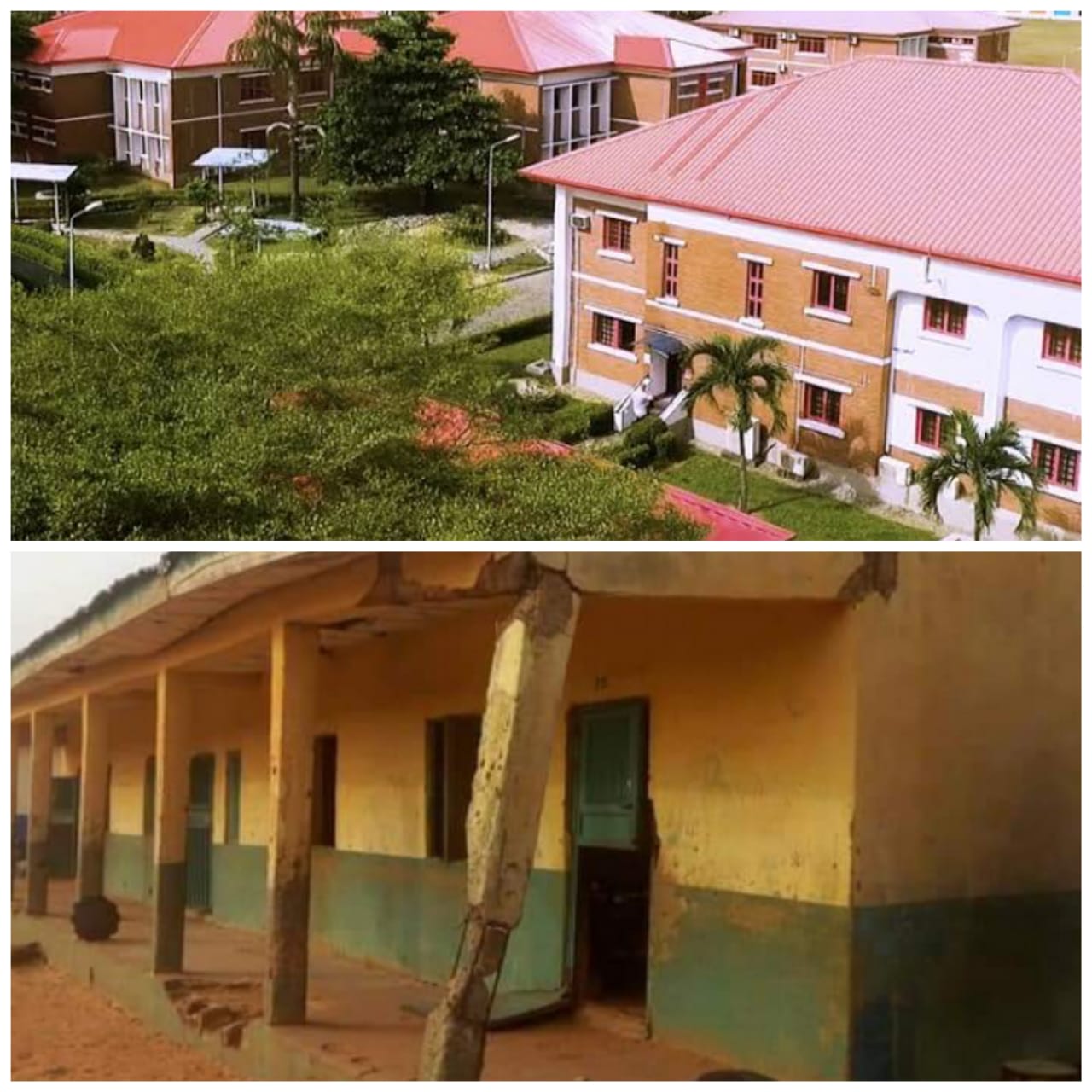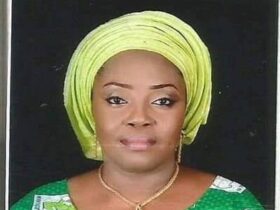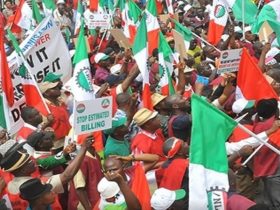Educational Disparities Plague Nigerian Youth: A Nation Divided by Socioeconomic Factors
A recent investigative journey across Nigeria’s educational landscape, spanning cities like Abuja, Lagos, Kano, and remote villages, reveals a stark and troubling divide in educational opportunities for the nation’s youth.
The investigation conducted by Eventville has exposed glaring disparities in the quality of education, with socioeconomic status emerging as a critical determinant of a student’s educational trajectory.
Divergent Educational Paths
Nigeria’s pre-tertiary education system is bifurcated into two primary streams: British and Nigerian schools. British schools, predominantly nestled in affluent urban areas, cater to a privileged demographic, offering a cutting-edge educational experience. In these institutions, students benefit from state-of-the-art facilities, interactive teaching methods, small class sizes, and access to 3D educational resources. The curriculum adheres to global standards, preparing students for careers in aviation, engineering, and cutting-edge technology.
In contrast, Nigerian schools, while aspiring to emulate British standards, prioritize skill acquisition aligned with the nation’s growing digital economy. These schools recognize the importance of providing students with digital resources and tools, albeit with fewer resources compared to their British counterparts.
A Bleak Reality in Underprivileged Areas
However, the narrative takes a somber turn when one ventures into the villages, suburbs, and remote regions of Nigeria. Underprivileged public schools in these areas often grapple with resource challenges, leading to overcrowded classrooms and a scarcity of subject-specific teachers. Inadequate seating arrangements force many students to resort to sitting on floors or window sills, and the curriculum leans heavily towards rote learning.
For numerous students in these marginalized communities, education often takes a backseat to other responsibilities, such as contributing to family income or playing in nearby fields. As a result, essential skills like coding and artificial intelligence remain distant dreams, and ambitious career aspirations are rare. The lack of self-confidence among these students further deepens the educational disparities.
Widespread Inequality Across Nigeria
The issue of educational inequality is not confined to specific regions; it is a pervasive problem across Nigeria. Here are a few examples:
Understaffed and Underfunded Rural Schools: A recent report by the World Bank revealed that only 25% of rural schools in Nigeria have a qualified teacher for every subject.
Language Barriers: In regions like Borno, where the Boko Haram insurgency has displaced millions, language becomes a barrier to education. Many children cannot attend school because they do not speak Hausa, the predominant language of instruction.
Gender Disparities: Gender-based disparities persist, with girls being less likely to attend school than boys in some regions. In Sokoto, for instance, only 40% of girls complete primary education compared to 60% of boys.
The Vicious Cycle of Inequality
The repercussions of these educational inequalities extend far beyond the classroom. Children deprived of quality education often face bleak prospects in terms of employment or higher education. This cycle of inequality tends to perpetuate itself from one generation to the next.
A Call to Action
Multiple factors contribute to this educational divide, including socioeconomic status, ethnicity, gender, and disability. Addressing these inequalities is paramount to creating a more equitable society where every child, regardless of their circumstances, has access to quality education.
To bridge this educational gap and secure a brighter future for all, stakeholders must consider several key measures:
Increased Funding: Public schools require additional resources to deliver quality education.
Early Childhood Education: Investment in early childhood education, especially for low-income families, is imperative.
Teacher Support: Equipping teachers with training and essential resources enhances educational outcomes.
Class Size Reduction: Smaller class sizes facilitate personalized attention and improved learning experiences.
Additional Support: Students from disadvantaged backgrounds benefit immensely from supplementary assistance such as tutoring and mentoring.
Addressing educational inequality in Nigeria is not an option but a vital step towards nurturing a more equitable society. In the words of Malcolm X, “the future belongs to those who prepare for it today,” and by ensuring access to quality education for all, we prepare our youth to shape a brighter future.
It is a collective responsibility to uplift the educational prospects of Nigeria’s youth and pave the way for a more prosperous and equitable nation.











Leave a Reply